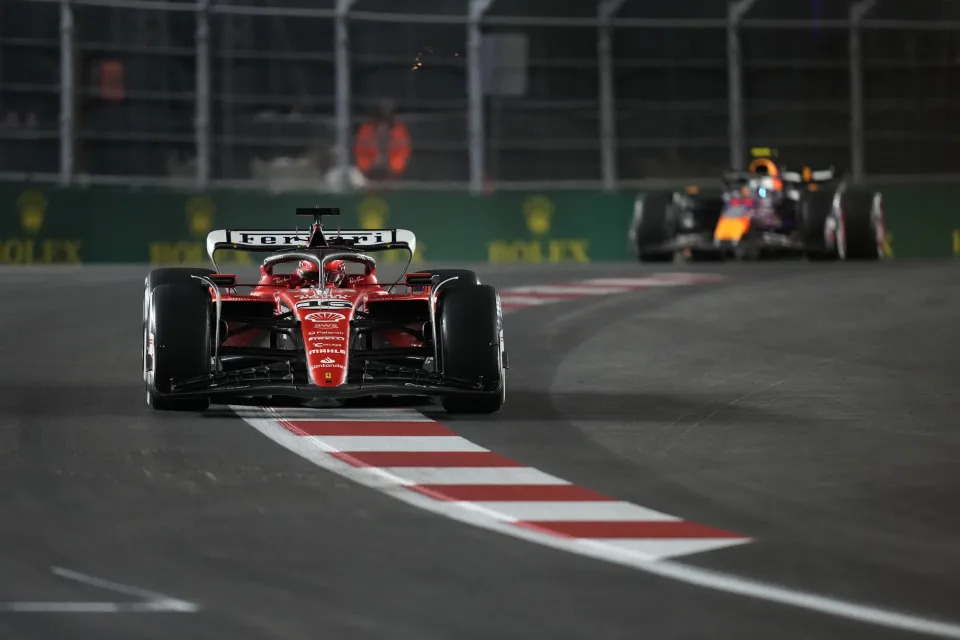In Formula 1, the fine line between success and failure often hinges on precise measurements of time and distance. Drivers meticulously follow optimal lines through corners to achieve the best lap times, but occasionally, they may venture beyond boundaries in pursuit of an advantage. In an effort to enhance the oversight of whether a car’s wheels completely cross the designated white boundary lines, Formula 1 will introduce an AI system.
The Fédération Internationale de l’Automobile (FIA), the governing body for motorsports, has announced the use of Computer Vision technology at the upcoming Abu Dhabi Grand Prix, marking the conclusion of the season. This technology employs shape analysis to assess the number of pixels that intersect the line at the track’s edge.
Rather than fully automating the review process for track limit breaches at this stage, the FIA aims to significantly decrease the volume of potential rule violations that necessitate manual review by officials.
In a notable instance at the Austrian Grand Prix in July, around 1,200 potential violations had to be reviewed by four individuals. Following some instances of track limit violations going unpunished in the US Grand Prix in October, officials acknowledged the need for a new approach, leading to the introduction of Computer Vision technology.
This technology has found application in the medical field, particularly in reviewing data from cancer screenings. Tim Malyon, the FIA’s deputy race director and head of remote operations, explained that the intent is not to use Computer Vision for diagnosing cancer but rather to eliminate approximately 80 percent of cases where there is evidently no cancer. This approach aims to free up valuable time for well-trained professionals to focus on the remaining 20 percent of cases. “And that’s what we are targeting,” Malyon emphasized.
The FIA’s objective is to decrease the manual review of potential infringements by officials to approximately 50 per race, seeking to exclude cases that clearly do not require human assessment. While the FIA doesn’t plan to fully rely on AI for race calls in the immediate future, Malyon anticipates that it could become a reality eventually. He expressed the belief that, although humans currently excel in certain areas, real-time automated policing systems are the future.




